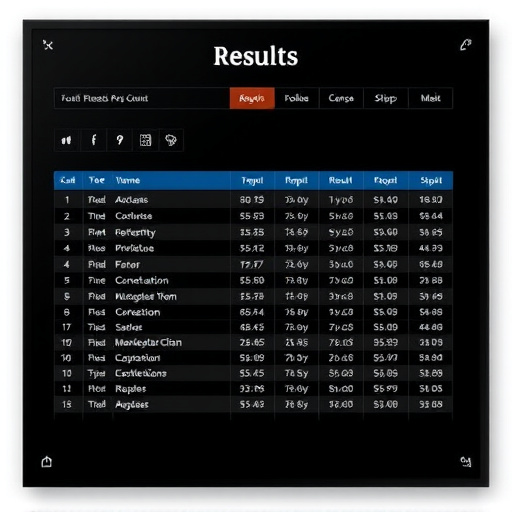A thorough understanding of plastic intake tubes' advantages and disadvantages is crucial for healthcare providers before adoption. These include benefits like flexibility, low cost, and ease of insertion but also drawbacks such as kinking, blocking, single-use waste generation, and long-term operational expenses. A balanced pros vs. cons comparison is essential to determine if the perceived savings outweigh hidden costs, while considering sustainability in healthcare equipment acquisition.
“Unravel the cost-effectiveness of plastic intake tubes with our comprehensive guide. ‘Understanding Plastic Intake Tube Usage’ offers a detailed overview, while ‘The Cost-Effectiveness Advantage’ delves into the weighing of benefits and drawbacks.
This article provides an essential ‘Plastic Intake Tube Pros Cons Comparison’, helping you navigate the decision-making process. Discover how these tubes can optimize efficiency, considering their diverse applications and long-term cost savings. Explore both sides of the coin to make informed choices in your industry.”
- Understanding Plastic Intake Tube Usage: A Comprehensive Overview
- The Cost-Effectiveness Advantage: Weighing the Benefits and Drawbacks
- Making Informed Decisions: Pros vs Cons Comparison for Optimal Efficiency
Understanding Plastic Intake Tube Usage: A Comprehensive Overview

Understanding Plastic Intake Tube Usage involves recognizing both their plastic intake tube pros and cons. These tubes, commonly used in medical settings for feeding or medication administration, offer several advantages such as flexibility, low cost, and ease of insertion. They are particularly useful for short-term use or when patients have difficulty swallowing. However, they also present certain drawbacks. Plastic intake tubes can be more prone to kinking or blocking compared to metal alternatives, requiring frequent replacement. Moreover, their single-use nature contributes to healthcare waste, posing environmental concerns and increasing overall costs. A thorough plastic intake tube pros cons comparison is essential for healthcare providers to make informed decisions that balance effectiveness with sustainability.
The Cost-Effectiveness Advantage: Weighing the Benefits and Drawbacks

The cost-effectiveness advantage is a critical factor in deciding whether to adopt a particular solution or technology, especially when it comes to medical devices like plastic intake tubes. Weighing the pros and cons involves a careful balance between immediate financial savings and long-term benefits to patients and healthcare facilities.
On one hand, these tubes offer numerous advantages such as reduced costs associated with their disposable nature, minimizing cross-contamination risks, and simplifying patient care. However, a comprehensive comparison should also consider drawbacks like higher initial acquisition costs compared to reusable alternatives, potential waste management challenges, and the need for frequent replacement, which can lead to increased operational expenses over time. Therefore, a thorough analysis is essential to determine if the perceived savings outweigh the hidden costs.
Making Informed Decisions: Pros vs Cons Comparison for Optimal Efficiency

Making informed decisions is crucial when considering the cost-effectiveness of medical equipment, such as plastic intake tubes. A thorough pros vs. cons comparison enables healthcare professionals to navigate the market efficiently. On one hand, these tubes offer benefits like reduced costs, ease of use, and minimal training requirements, making them ideal for temporary or low-resource settings. Their disposability also contributes to infection control, simplifying waste management.
However, a closer look reveals potential drawbacks. While affordable, bulk purchasing might not be cost-neutral in the long term. Additionally, some tubes may compromise patient safety due to limited customization options regarding size and fit, potentially leading to complications. Furthermore, single-use plastics contribute to environmental concerns, necessitating sustainable alternatives for eco-friendly practices.
In light of the comprehensive discussion on plastic intake tube usage, it’s clear that this technology offers significant cost-effectiveness advantages. By carefully weighing the pros and cons through a thorough comparison, healthcare professionals can make informed decisions to optimize efficiency. Understanding the benefits and drawbacks ensures that the selection of plastic intake tubes aligns with specific patient needs while managing budget constraints effectively. This strategic approach fosters better resource allocation, ultimately enhancing overall care delivery.














